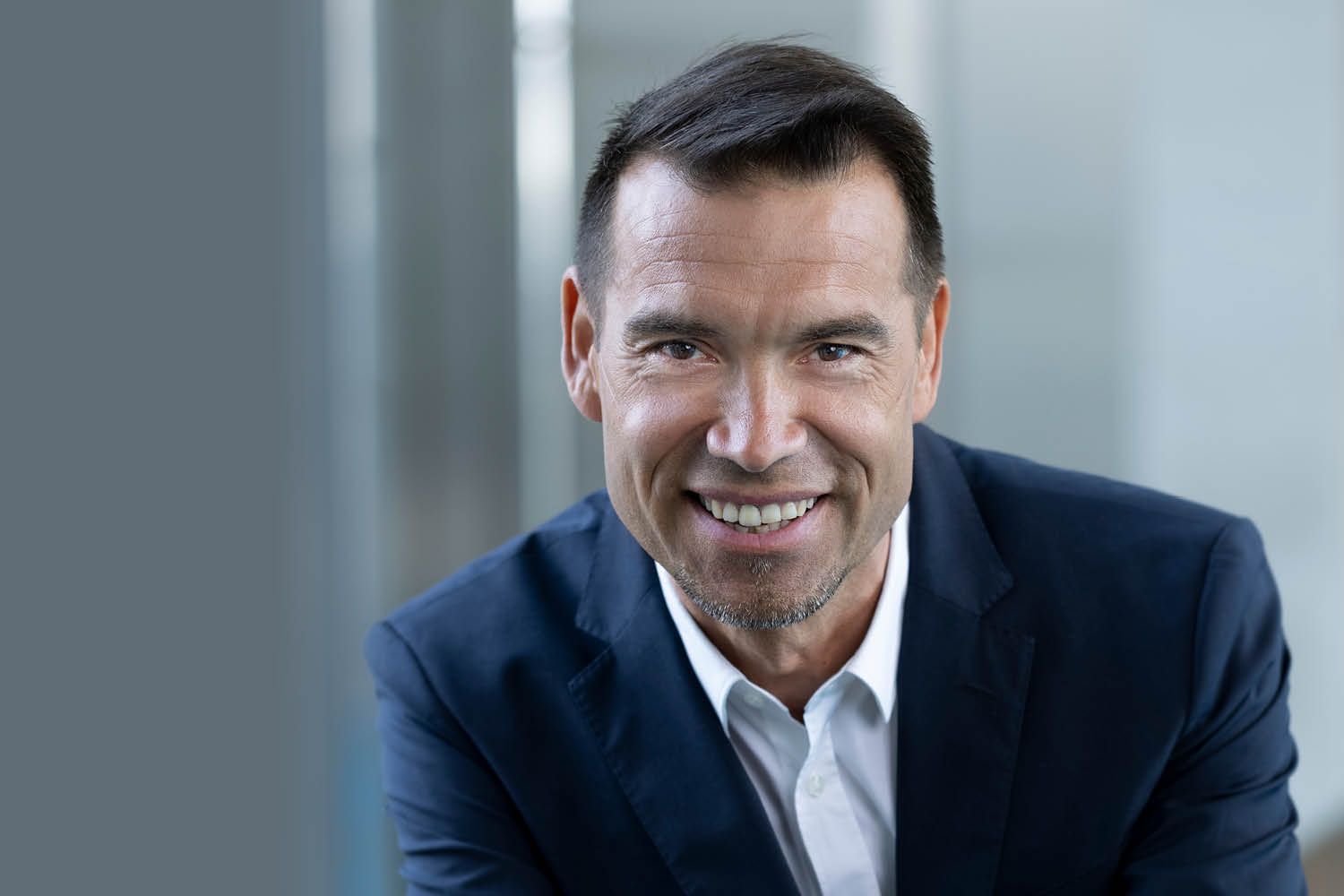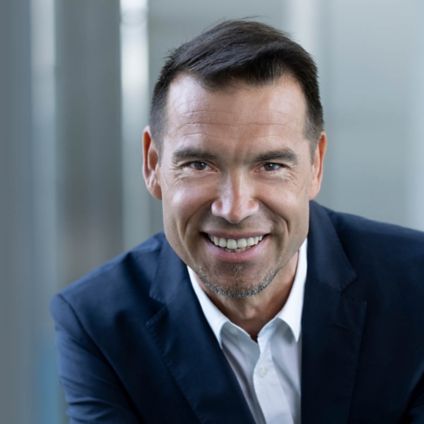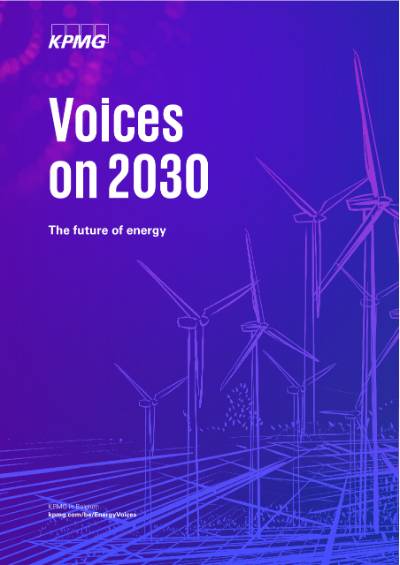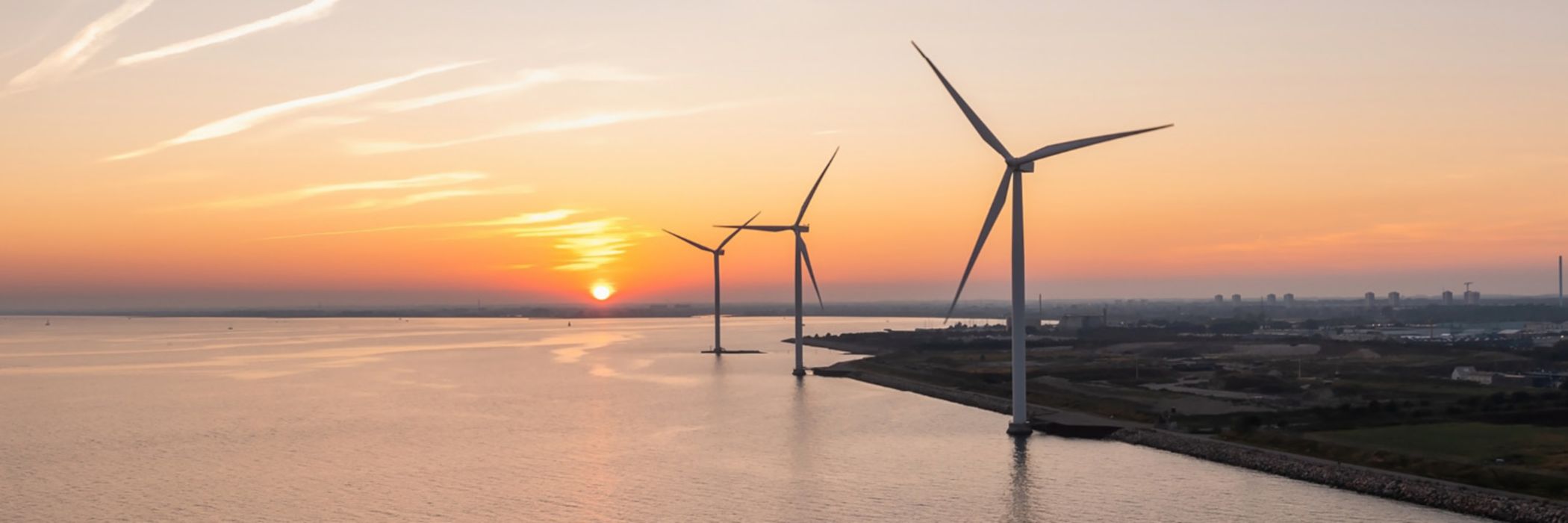The acceleration of the energy transition and decarbonization, with the help of renewable energies, and nuclear power as an option, is shaping the energy landscape in 2030, according to Thierry Saegeman. Thanks to innovation and R&D, new technologies will be developed to offer customers, both industrial and residential, more intelligent solutions adapted to their needs.
We are active in electricity and gas. Four elements play a clear role in our sector. First, the energy transition, which has been underway for years, is accelerating with the same objective in mind: to free us from our dependence on fossil fuels. Second, the various crises we have been through are resulting in greater energy efficiency and a more circular economic environment. We have more local energy production and waste, such as CO2, which is being used more as a raw material. In order to reduce our energy dependency, we need to cover our needs with our own means.

Thierry Saegeman
CEO Engie Electrabel
Renewable energies dominate
Third, renewable energies dominate the Belgian electricity mix and represent, together with solar, wind and hydro, more than 50% of our production. Between 2022 and 2030 ENGIE will have developed in Belgium as much wind onshore energy capacity as it did between 2000 and 2022! Besides renewables in the energy mix, we have new gas-fired power plants, and nuclear power remains an option. Having nuclear in the production mix offers certain advantages in terms of energy security, climate impact and costs.
However, nuclear will only be able to exist if there is social acceptance. It requires a long-term and stable view in which governments have a key role to play. It is not a technology for a private company alone. It requires significant investments, the build up of knowledge and supply chains.
Fourth, decarbonization is increasing among our customers, their suppliers and their customers. In particular, we are working with our industrial customers, including chemical companies, cement companies and steel companies, to decarbonize their production processes, as well as their facilities. To achieve this, we use green hydrogen and synthetic hydrocarbons. Greening their processes with electrification is not enough. There is a need for green molecules.
Green hydrogen and synthetic gases
Green hydrogen has the disadvantage of having a low energy intensity, and you cannot produce it in Belgium in large quantities. We produce synthetic gases by combining CO2 extracted from the air with hydrogen.
We already had several projects in this area back in 2022. For example, the Columbus project, in collaboration with Carmeuse and John Cockerill, where CO2 captured during lime production combined with green hydrogen to produce carbon-neutral synthetic methane. In 2030, we have a total of 4,000 MW of electrolysis capacity worldwide, including at least 200 MW in Belgium.
Energy and technological diversification
We do not put all our eggs in one basket; we promote diversification of our supply sources. We cannot depend on one country or region for our energy supply. Similarly, there is no simple solution for the energy transition. In 2030, we are using a range of technological solutions to meet our decarbonization goals. In addition, we are seeing increased decentralization of electricity production with photovoltaic panels. Year after year, these panels offer improved energy performance at lower costs. The share of offshore wind power is also becoming increasingly important in electricity production. This is less the case in Belgium, but at group level we are increasingly developing floating offshore wind, which has a number of advantages: it can be installed at any depth, it can be moved according to the wind, there is virtually no limit to the unit power of the wind turbines.
Innovation and R&D
In the actual context, innovation and R&D are essential. More broadly, our teams are working on renewable energies, new ways of producing decarbonized energy, new vectors, new uses, new materials, etc. We are not innovators of technologies, but we identify them and transform them into solutions that can be brought to market. With our global presence, we are able to deliver large-scale solutions, which are tailored to our customers‘ needs, quickly, more efficiently and at a lower cost. However, the state can help us to implement certain technological developments, such as the electrification of the car fleet, which is constantly increasing. The state must have a vision and set the rules while remaining technologically neutral. It is up to companies and their customers to find solutions.
Offshore wind
The development of offshore wind remains important to Engie. Our subsidiary Ocean Winds already has 5-7 GW offshore wind capacity operational or under development. There is still room for significant technological progress such as e.g., the capacity of the wind turbines and the use of floating wind turbines, which are moveable and can therefore reduce the wind risk.
Provider of intelligent solutions
The way businesses see us has also changed in 2030. Successful energy providers are those that reassure customers, bring comfort (including investments) and help them to lower their bills and their impact on the environment. That‘s a big change. Gone are the days when the goal was to sell more electricity and gas. Now it‘s about consuming less and continuing to decarbonize. Thanks to data, digitization and artificial intelligence, we can both better manage production and also better predict demand from the customer. Our customers, both industrial and residential, continue to ask us for greener solutions. We offer complete solutions including energy management services (in order to maximize, amongst others, auto consumption) and flexibility packages (in order to provide flexibility to the grid).
Residential consumers are looking for unburdening. We are today one of the few companies who offer dynamic contracts. We help them maximize their auto consumption by combining data from the digital meters, solar panels, electric vehicles and heat pumps. The market needs large players such as Engie in order to be able to benefit from its geographical size, its R&D capabilities with its 900 researchers worldwide and a broad range of expertise. Engie’s role is to identify the technologies and to bring them to the market in the form of innovative solutions.
Successful energy providers are those that reassure customers and help them lower their bills as well as their impact on the environment.

About the interviewee
Thierry Saegeman graduated from Ghent University in 1995 with a Master‘s degree in Electromechanical Engineering and an MBA from Vlerick School. He started his career at Engie Electrabel in 1995 as Project Manager Combined Heat and Power. He later progressed within the ENGIE group and moved to France, first as Managing Director Engie Thermique France, then as General Manager of Compagnie Nationale du Rhône. In 2016, he returned to Belgium as Chief Officer Nuclear before becoming CEO of Engie Electrabel in 2021.




